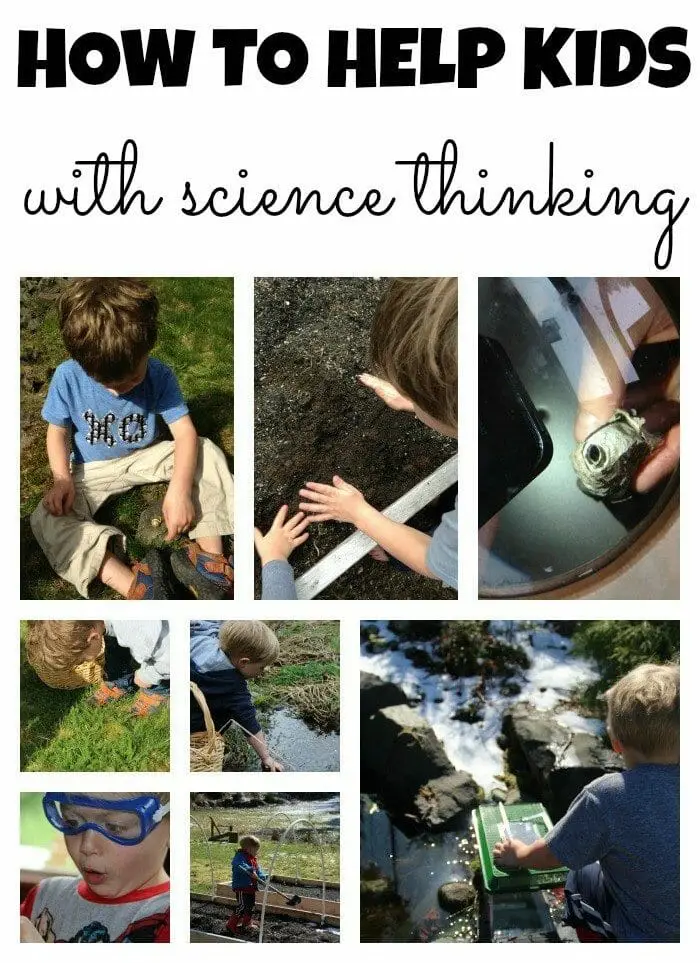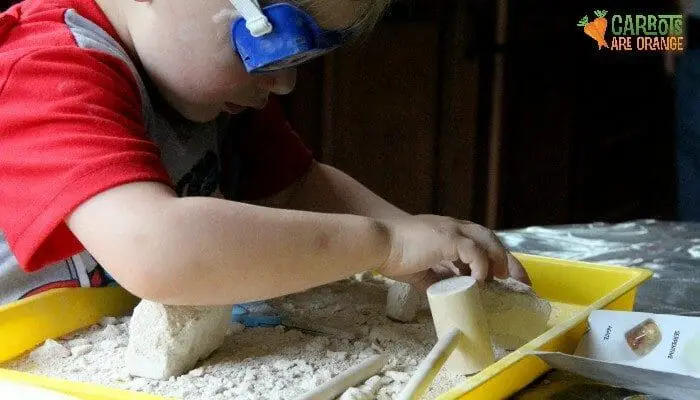As a parent, you want to do everything you can to help your child be successful in life. One important area where you can make a big impact is scientific thinking. Here are 9 fantastic ways to help your child develop this crucial skill!
I want to nurture my son’s passion for science. Besides focusing on teaching kids to code, it is important to help kids to learn how to think scientifically. I don’t want to pressure him or make him feel like I am paving his path. I have been thinking a lot about ways to help him with his scientific thinking.
 On my quest, I stumbled upon fantastic science projects and fairs for kids. Before I got too excited and loaded all this parental joy onto him, I took a step back to think about science, experiments, and my son.
On my quest, I stumbled upon fantastic science projects and fairs for kids. Before I got too excited and loaded all this parental joy onto him, I took a step back to think about science, experiments, and my son.
Do I insert myself into his learning?
Can I help him with scientific thinking?

How to Help a Child with Science Thinking
#1 – Be Accessible
Let your child know that you’re open to discussing ideas! Show him that you’re interested in what he is doing. You want the child to feel comfortable expressing ideas. So, work to make the environment a safe one.
#2 – Ask Questions
Open-ended questions for kids are super powerful. A simple open-ended question like “I wonder what…” or “What if?” or “What happens when…”
#3 – Help with Project Management
Highlight the tools required to manage a science project. Talk about the plan. What will it cost? How much time will it take?
#4 – Record Keeping
Suggest a journal to record ideas and outcomes
#5 – Be Interested
Be a part of brainstorming and identifying “real world” problems with the child. Be a part of the dialogue about the ideas and solutions.
#6 – Encourage Research
Research other solutions presented by other scientists. Investigate what worked and what didn’t work.
#7 – Welcome Failure
Encourage iterations and failure Come up with many solutions & optimize through iterations
#8 – Create a Roadmap
Once satisfied with a solution, have the child go back to the beginning when the problem and possible solution were conceived. Create a roadmap for the child bringing you to the end result.
#9 – Tell a Story
Help the child create a story around the idea. What might be an effective way to communicate the urgency of the problem and the proposed solution?
Would you like a nice, convenient print out of this post? Fill out the information below & it is all yours…
Would you like to download 9 Ways to Help Your Child Think Like a Scientist?
No problem! Fill in your information and we'll send your download on over to you. Super easy. Straight to you. It is like magic!
Marnie
